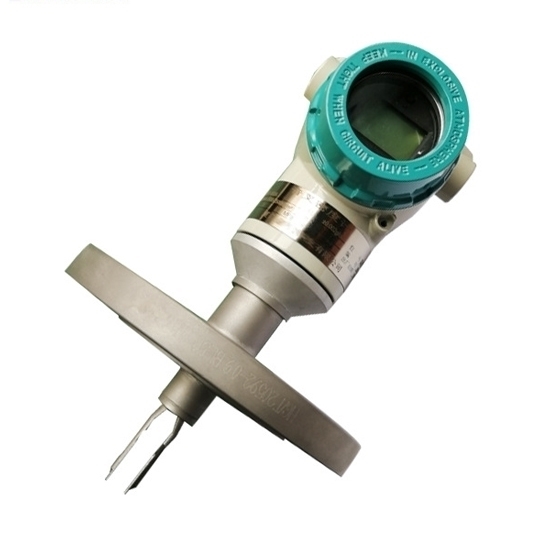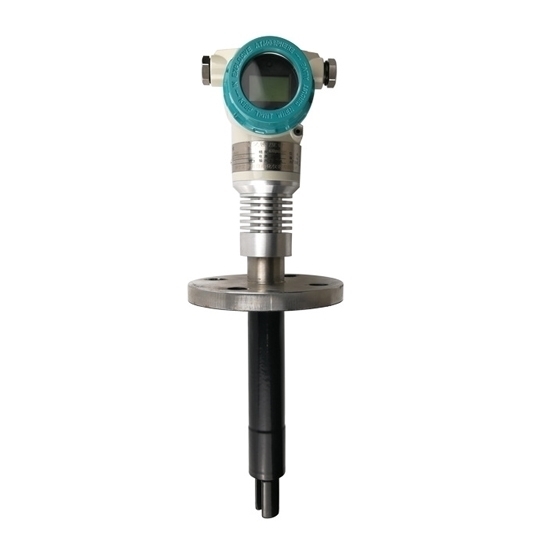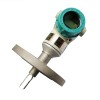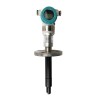



- Stock: In Stock
- Model: RDDLZ-DENSITY-ACID
- Weight: 1.00
- SKU: RDDLZ-DENSITY-ACID
Available Options
The digital tuning fork density meter is mainly composed of a transmitter, a vibrating fork body and a temperature measuring element, which can be used for measuring acid-base solution.
Specification
- Model: RDDLZ-APX301-ACID
- Measuring Medium: Acid Base Solution
- Measuring Range: 0 – 2.5 g/cc (0 – 2500 kg/m3), 0~100.0%
- Calibration Range: 0 – 2.5 g/cc (0 – 2500 kg/m3), 0~100.0%
- Measurement Accuracy: ± 0.002 g/cc (± 2 kg/m3), ±0.5%
- Repeatability: ± 0.001 g/cc (± 0.2 kg/m3) ±0.1%
- Medium Temperature Range: -50℃ ~ +150℃
- Working Pressure (Optional): 0.2~0.3MPa, Max. Pressure ≤4MPa
- Fluid Viscosity Range: 0 – 600Cp
- Media Temperature (Optional): 0~100℃, 0~150℃
- Temperature Coefficient: <0.1 kg/m3/℃ (± 0.5%) After Correction
- Stress Effect: Negligible
- Built-in Temperature Sensor: Digital Sensor
- Wetted Material (Optional): 316 Stainless Steel, 316 Stainless Steel + PTFE, 316 Stainless Steel +PFA, 2205 Stainless Steel, Hastelloy Alloy C276, Titanium Alloy
- Electrical Connection (Optional): M20*1.5, G1/2, NPT1/2
- Connection Type (Optional): G1/2” Thread, DN50 Flanged, DN80 Flanged, 1/2” Trip Clamp, 2” Trip Clamp
- Fork Body Coating: Standard PTFE or PFA
- Power Supply: 24VDC, ≥50mA
- Analog Signal Output: 4-20mA, 0-1000Hz, RS485 Modbus, 4 Wires
- Output Accuracy (20℃): ± 0.1% of reading or ± 0.05% FS
- Output repeatability (-40~+85℃): ± 0.05% FS
- Protection Level: IP65
- Shell: Aluminum Alloy
Dimensions (Unit: mm)
Wiring diagram
Tips: What is a tuning fork density meter?
The tuning fork density meter sensor is designed according to the vibration principle of components. This vibration element is similar to a two-tooth tuning fork. The fork body vibrates due to a piezoelectric crystal located at the root of the tooth, and the vibration frequency is detected by another piezoelectric crystal. The fork is stabilized at the natural resonant frequency by phase shifting and amplifying circuits. When the medium flows through the fork, the resonant frequency changes due to the change of the quality of the medium.
